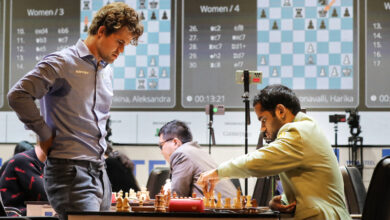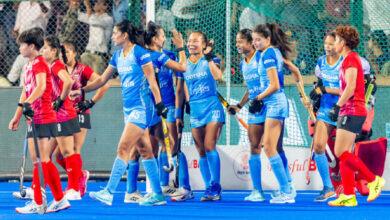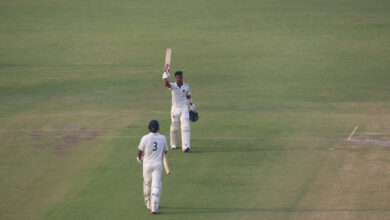Chef from Chennai for Sindhu’s curd-rice; tomatoes sourced from Italy for pasta: Catering to shuttlers’ tastes

After a hectic week of curating food for some of the world’s top badminton players, Manvir Singh Anand, the owner of a catering company contracted for the India Open Super 750 badminton tournament here, is looking forward to a short breather.
From some of the best Pelati (peeled) tomatoes sourced from Italy for pasta sauces, to the Japanese thin buckwheat Soba noodles, a kitchen in Greater Kailash, Delhi, catered to the varied palates of global badminton stars assembled for the India Open, which ended in the capital on Sunday.
With the varied demographic, from Western European to East Asian players, Manvir Singh Anand of ‘Knight Gourmet’ reckons this was among the most challenging sporting tournaments he has catered for till now.
“We had curated the menu carefully, as per instructions passed on to us. It’s about the flavours, their familiarity to the taste, as well as nutrition of athletes. We sourced the best ingredients from around the world, so the players find the food comforting,” said Anand, who has also catered for cricket’s Indian Premier League, football’s Indian Super League and international boxing events.
One of the earliest considerations was using non-flour based multigrain bread for basic sandwiches to reduce gluten intake. The venue – K D Jadhav Hall at the Indira Gandhi Stadium — also had pasta stations offering whole wheat options and live Teppanyaki stations.
“We got the Soba noodles because that was popular with all players,” Anand said. Since the group included a large contingent of Japanese and Thai players, he said the pan-Asian flavour of this sport’s champions deserved specific curation.
“Sourcing kaffir limes was a challenge. There were some other things that needed advance preparation – sauces, dough, and yellow Thai curry. Also, since it is the wedding season in Delhi, getting all the ingredients was a bit of a scramble,” he said.
One of the earliest conditions laid down the badminton organisers was an artisanal coffee machine with coffee roasters – a common link between players and officials of all ethnicities.
Other detailing included eggless, olive oil mayonnaise, and thin layers of cheese for the ham and cheese sandwiches popular with the Europeans — plenty of Danes, English, Germans and Spaniards.
“Even black tea and black coffee is a craft. It’s not just tossing some powder into hot water. We insed on a brut style of black coffee,” said Anand.
Not that the Indians were ignored. For P V Sindhu, a chef was flown from Chennai to get the precise tempering of curd-rice. “It’s the way you scramble mustard seeds and the perfect consency of curd. Sindhu’s team is very specific — if they want hot water in the room, it should be a specific temperature. Curd rice has to be perfect. And they are not into sugar, come what may,” he said.
“Saina Nehwal is very non-fussy. She’ll want a piece of sandwich, basic pasta like Aglio E Olio and just no spices. That’s it,” he said, adding that he likes stirring up meals for badminton players, who are “not as fussy as cricketers”. “There are a couple of players who only want khichdi,” he said.
Indian cuisine also found its way into the high tea menus of delegates – the southern delicacy of masala vada has many fans among players. An all-day high tea had dhoklas, khandvis, samosas and kathi rolls.
“The VIP lounge was served purely North Indian lunch and high tea. You’ll be surprised how popular dhokla is with foreign athletes. They see it as aerated batter, and it’s a mild, non-powerful flavour, I guess,” said Anand.
Technical officials were served Indian food, but with very little masala/ fat, while the Badminton World Federation’s curated menu had dimsums and a live risotto station.
Indian sport has come a long way from Australian players carting in cans of baked beans. “The idea was to have something like an airport’s all-day lounge where players are served hot meals whenever they want,” he said.







